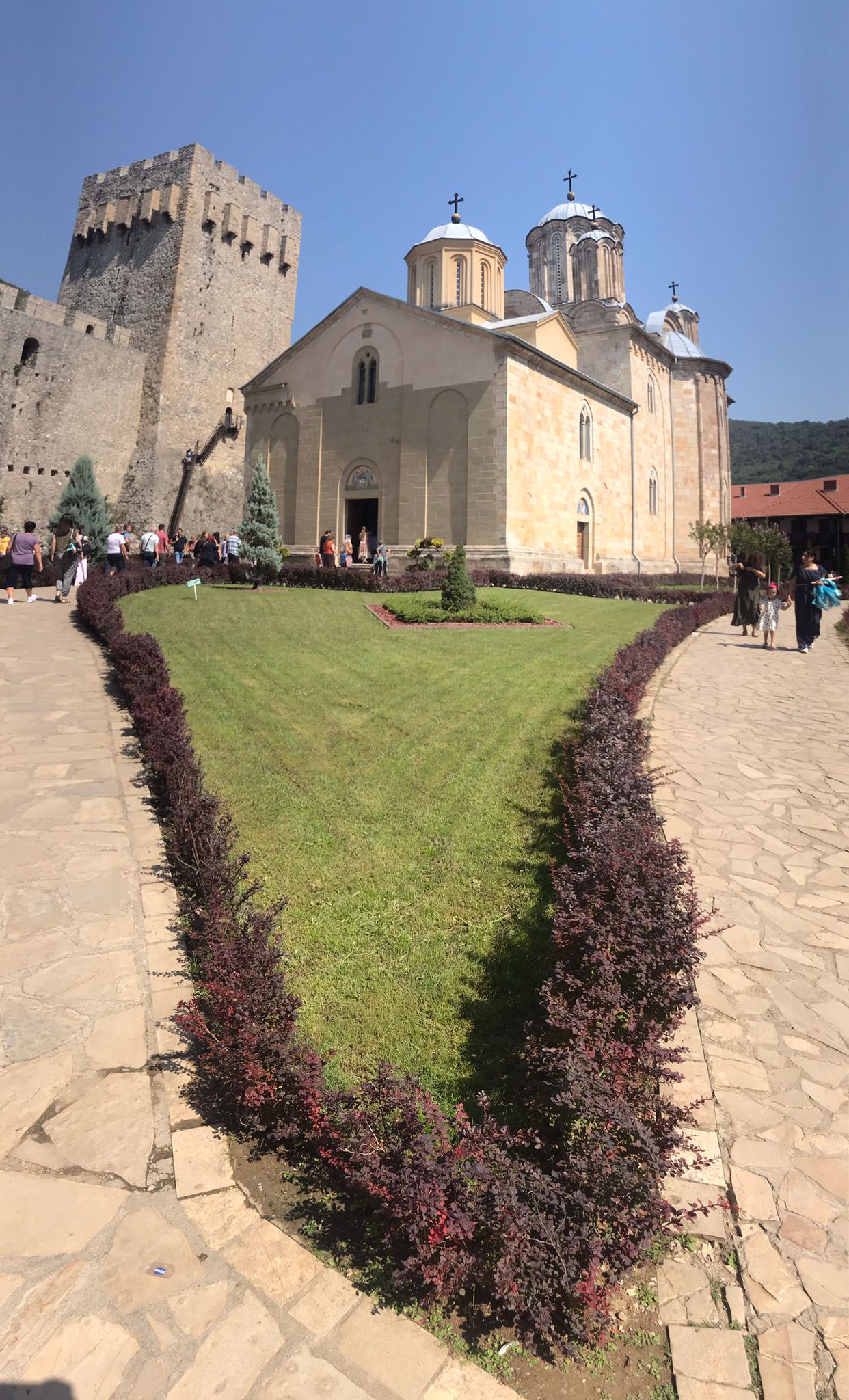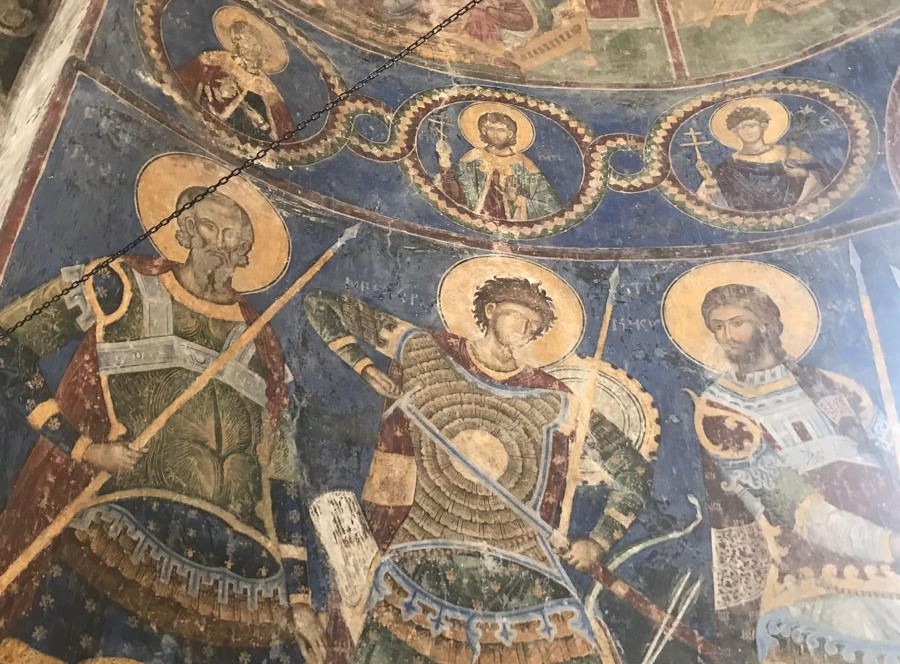Marvelous and Charming Manasija
Šumadija and Western Serbia are often forgotten when mentioning the natural and cultural riches that Serbia has, while the focus mostly stays on Belgrade or the far south of Serbia. However, 130 kilometers south of Belgrade, there is the well-known town of Despotovac, which has just over 4,000 people in its urban part, and just over 20,000 in the entire administration.
Despotovac could therefore probably boast the largest number of natural and cultural beauties per capita, as something beautiful or historically significant can be found at almost every turn. Among other things, the waterfalls Veliki Buk, Krupajsko vrelo, or Resavska pećina are just three of the most famous localities. Today, however, we are writing about the Manasija monastery, i.e. "Resava" as this monastery was still called throughout history.

Built at the very beginning of the 15th century, between 1408 and 1415, the Manasija Monastery plays a significant role in the contemporary mapping of Serbian medieval heritage. Its founder was Despot Stefan Lazarevic, who dedicated the church to the Holy Trinity. This motif is still visible on the damaged but still present frescoes at the entrance to the main part of the church depicting the Despot's gifting of the church. Other frescoes depict various biblical motifs of Iliko, such as the Holy Warriors, but also historical figures such as Saint Sava. It is precisely because of the frescoes of the Holy Warriors that Manasija is best known, given that these frescoes are remarkably well preserved.
Throughout its history, the monastery was repeatedly devastated and destroyed, or desecrated. For example, it is visible that the eyes are completely carved out the frescoes, which was the standard practice of the Ottoman soldiers when they occupied the monastery. However, the Ottomans did not completely destroy the frescoes, but they certainly indirectly contributed to their destruction. According to some sources, when the gutters were removed from the roof of the church, the roof began to leak over time and partially collapse, taking with it parts of history.

I dok se sve ono na zemlji da uništiti i ukaljati, tajne se najbolje čuvaju pod zemljom. Upravo u zemlji pronađeni su posmrtni ostaci za koje se smatra da pripadaju Despotu Stefanu. Iako postoje debate u okviru akademije, generalno je mišljenje da urađeni DNK testovi nedvosmisleno potvrđuju tezu da su u pitanju Despotove mošti. One su danas izložene u kivotu u glavnom delu crkve, na svega nekoliko koraka od nadgrobne ploče Despota Stefana.
Celokupan manastirski kompleks uključuje i okolnih kula koje su imale prvenstveno odbrambenu funkciju. Najviša od svih kula, Despotova kula, predstavlja pravo arhitektnosko čudo, s obzirom na to da je u svom podrumu imala skladište u kome je bilo dovoljno namirnica za godinu dana života Despota i celokupnog manastirskog osoblja, kao i dotok sveže vode iz podzemnih izvora.
Ispred crkve nalazi se i manastirska trpezarija. Pored svoje veličine (više od 500 kvadratnih metara), i pored toga što je najbolje očuvana manastirska konstrukcija, Trpezarija Manasije je poznata po tome što su se u njoj svakodnevno prepisivala najvažnija crkvena dela. Prema nekim procenama, Despot Stefan Lazarević je bio u posedu oko 20.000 rukopisa. Metodi Resavske škole brzo su se raširili po pravoslavnom svetu, pa se po ovim pravilima pristupalo umnožavanju sadržaja čak i na Hilandaru. Danas, nažalost, “Resavska škola” nosi negativnu konotaciju jer se koristi prilikom opisivanja prakse onih najspremnijih đaka, đaka neznalica, koji jednostavno prepisuju odgovore. Ona prava Resavska škola okupljala je najučenije ljude, poput Konstantina Filozofa.
Dok skoro svuda u svetu Crkve predstavljaju uglavnom kolektivna molidbena mesta, u našem narodu Crkve su postale simbol istrajnosti. Baš u tom ključu treba posmatrati i Manasiju: skroman, gotovo sakriven manastir u malom mestu u centralnoj Srbiji koji odoleva vremenu.










